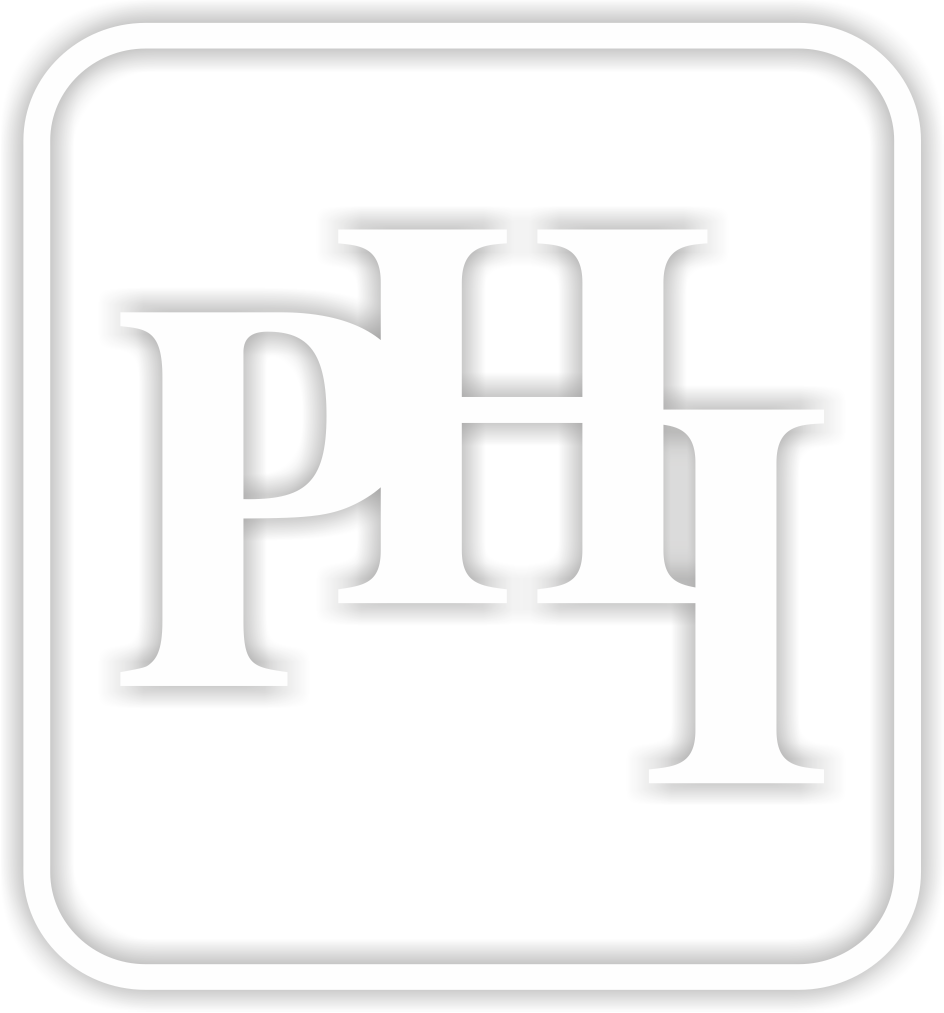At PHI Learning, we are committed to the belief that education has the power to uplift and empower every student. This view underpins our choice to publish books that help incorporate inclusive education into the curriculum of B.Ed. and M.Ed. programs.
In India, most undergraduate and postgraduate Teacher Education courses include modules on inclusive education — and PHI Learning is committed to catering to their curriculum needs.
PHI Learning offers two bestsellers on this subject that provide comprehensive coverage for course requirements:
What is Inclusive Education?
Inclusive education, also known as inclusion, is founded on the principle that every child deserves access to quality education, including those with disabilities and special educational needs.
As highlighted by UNICEF, “Robbed of their right to learn, children with disabilities are often denied the chance to take part in their communities, the workforce, and the decisions that most affect them.” Check out the full article here – https://www.unicef.org/belarus/en/inclusion-children-disabilities#:~:text=Robbed%20of%20their%20right%20to,numerous%20programs%20around%20the%20world.
The article emphasizes the need to support all students to help them contribute their talents and knowledge to society. We at PHI Learning couldn’t agree more!
Inclusive education aims to foster equality, encourage social interaction, and enhance learning outcomes for everyone. It’s not just about helping students with disabilities succeed but about harnessing their valuable contributions to society. It’s not just about accommodating students with disabilities but about enriching the educational experience for all students.
Essential Teaching-Learning Aids and Equipment
Creating an inclusive classroom involves equipping classrooms with the right teaching-learning aids to meet the diverse needs of students. These include:
- Educational Videos and Interactive Software: Make learning engaging and accessible with videos, audio, and personalized interactive experiences.
- Digital Textbooks: Features like text-to-speech and adjustable fonts help make content accessible to more students.
- Screen Readers and Magnifiers: Help visually impaired students read digital content.
- Hearing Aids and FM Systems: Enhance hearing for students with auditory impairments.
- AAC Devices: Provide alternative communication methods for students with speech difficulties.
- Graphic Organizers and Visual Schedules: Aid in organization and task execution.
- Manipulatives and Hands-On Materials: Support kinesthetic learners and students with cognitive disabilities.
- Traditional Textbooks: Comprehensive and structured but may not meet all learners’ needs, especially those with visual impairments or dyslexia.
The Role of Teachers in Inclusive Education
The role of teachers is crucial in ensuring inclusive education for all learners. Teachers must learn to be both empathetic and receptive when dealing with a classroom full of students with varying capabilities.
For this reason, we believe that the subject of teacher education is among the most important courses being taught in universities today.
Teachers are crucial to inclusive education but need ongoing training to learn how to effectively use teaching aids and equipment.
PHI Learning’s textbooks on the subject are designed to help educators enhance their teaching strategies and contribute to a more inclusive educational experience.

Leave a Reply